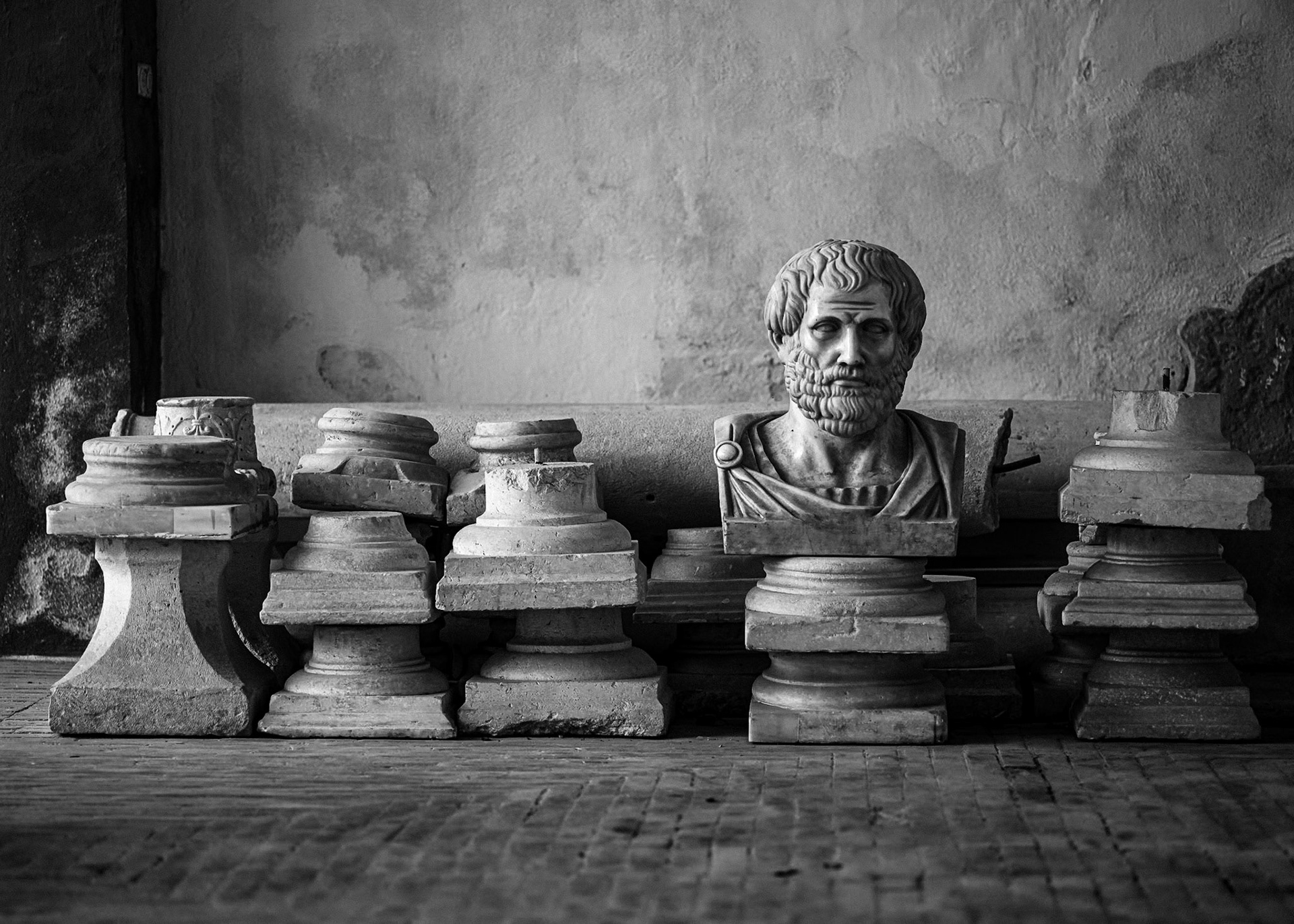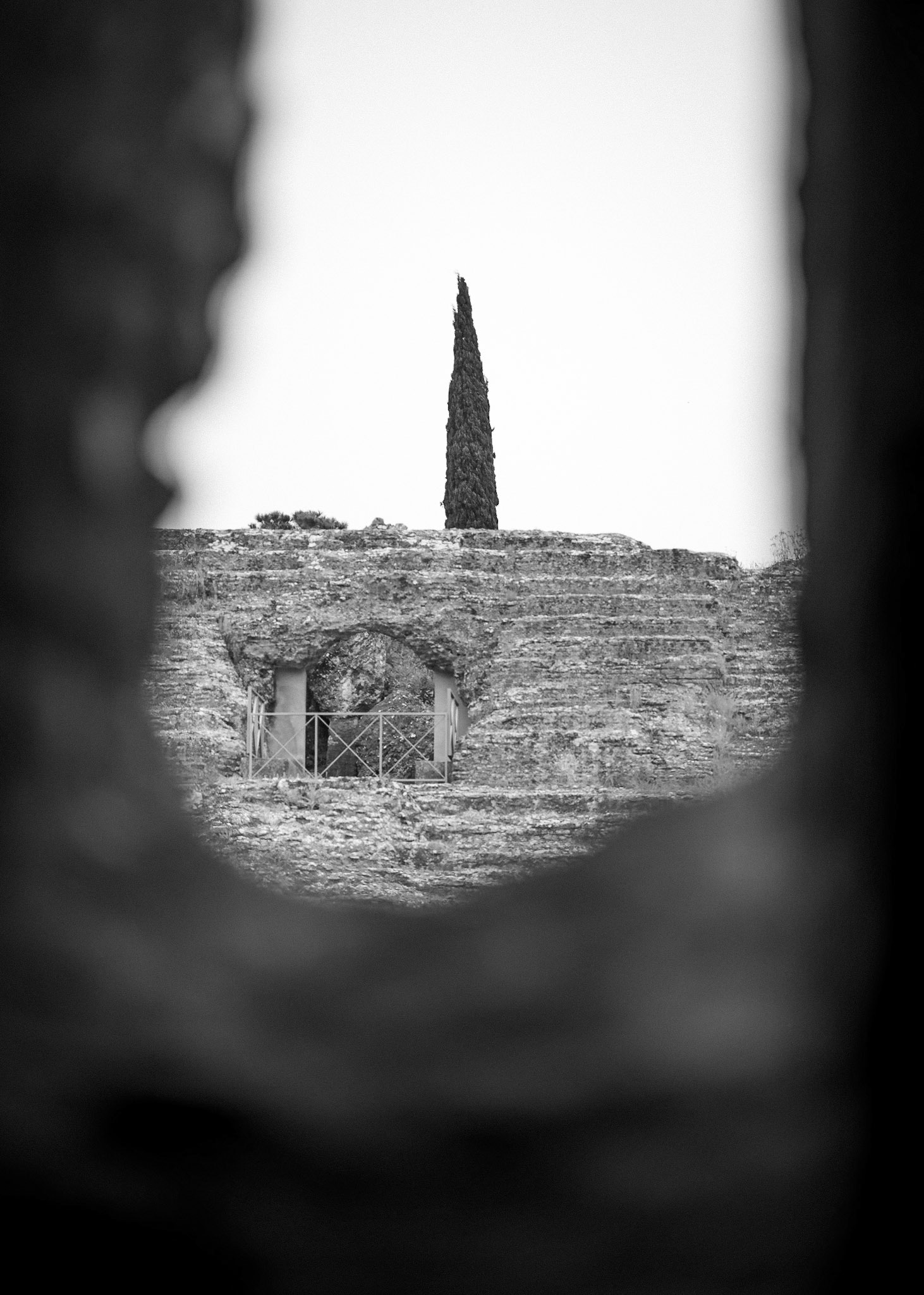Plaza de España
Plaza de España in Seville is an architectural marvel that stands as a testament to the city's rich history and cultural heritage. Designed by Aníbal González for the Ibero-American Exposition of 1929, this semi-circular complex is a stunning example of Spanish Renaissance Revival architecture. With its elaborate brickwork, exquisite ceramic tiles (azulejos) depicting scenes from each Spanish province, and a series of elegant bridges representing the four ancient kingdoms of Spain, the plaza is a visual feast.


The central building, curved to embrace the Guadalquivir River, reflects the region's Islamic architectural influences, showcasing intricate arches and domes.
The vast plaza, with its expansive canal crossed by ornate bridges, offers a romantic and picturesque setting that captivates visitors. At sunset, the warm hues of the tiles and the golden glow on the waters create a magical atmosphere, highlighting the unparalleled beauty of this architectural masterpiece.



Casa de Pilatos
Casa de Pilatos in Seville is an exquisite example of Andalusian architecture, blending elements of the Italian Renaissance with Mudéjar artistry.
This 16th-century palace, often referred to as a hidden gem in the heart of Seville, is a stunning manifestation of cultural fusion. As you step inside, you are greeted by an elegant courtyard, surrounded by intricate archways, detailed tile work, and lush gardens that exude tranquility.


The use of azulejos (ceramic tiles), colourful frescoes, and finely carved wooden ceilings throughout the palace showcases the rich decorative styles that have flourished in Seville.
The fusion of Moorish and Renaissance elements creates a unique aesthetic experience, with each room and courtyard presenting its own distinct beauty.



Seville Cathedral & the Giralda
Seville Cathedral and its iconic bell tower, the Giralda, stand as monumental symbols of Seville's historical and architectural grandeur. As the largest Gothic cathedral in the world, Seville Cathedral astonishes visitors with its sheer size and architectural complexity.
Built on the site of a former mosque, the cathedral seamlessly integrates elements of Moorish and Christian design, creating a breathtaking tapestry of cultural fusion. Its vast interior is filled with light streaming through stained-glass windows, illuminating an array of chapels, each a masterpiece in itself.


The Giralda, originally a minaret converted into a bell tower, offers a striking example of Almohad architecture. Its Renaissance-style top, added later, complements the tower's elegant geometric patterns and provides a panoramic view of the city from above.
Together, the Cathedral and Giralda encapsulate the beauty and history of Seville, from their intricate façades to the majestic art and treasures within, making them a testament to the city's enduring allure and architectural innovation.


View of Seville from Giralda

Royal Alcázar of Seville
The Royal Alcázar of Seville is a stunning example of Mudéjar architecture, where Islamic, Gothic, and Renaissance styles blend seamlessly to create a visual and historical masterpiece. This royal palace, originally a Moorish fort, has evolved through the centuries under the hands of various Spanish monarchs, each adding their touch to its splendid design.
The Alcázar's beauty lies in its intricate details: from the delicate stucco work that adorns the walls and ceilings to the colourful azulejos (ceramic tiles) that narrate tales of the past.


Its courtyards, like the iconic Patio de las Doncellas, with its reflective pool and sunken gardens, evoke a sense of serenity and splendor. The palace is surrounded by lush gardens, which feature a mix of Moorish, Renaissance, and English landscaping styles, offering a tranquil escape with their exotic plants and ornate fountains.



Itálica
Italica, located just outside Seville, is an ancient Roman city that offers a fascinating glimpse into Spain's rich historical past. Founded in 206 B.C. by General Scipio Africanus, Italica is renowned for its well-preserved ruins, which showcase the grandeur of Roman architecture and urban planning. The site is particularly famous for its remarkable amphitheater, one of the largest in the Roman Empire, capable of seating around 25,000 spectators.


The city's mosaic floors, especially those in the House of the Birds, are exquisite, displaying intricate designs that highlight the Romans' artistic prowess. Italica's streets, houses, and public baths paint a vivid picture of daily life in ancient Rome, while the remnants of its walls and gates speak of its strategic importance.






